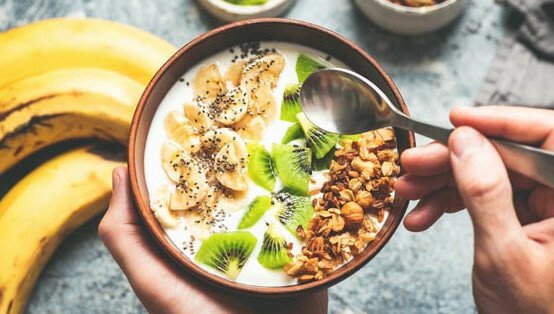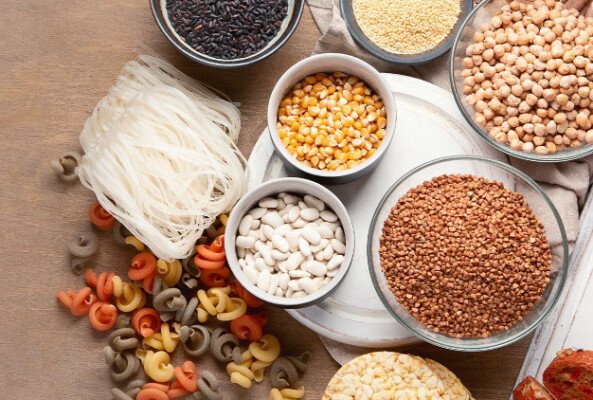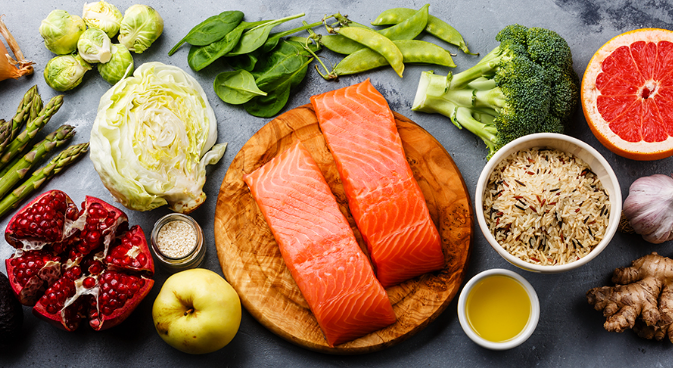|
Getting your Trinity Audio player ready...
|
For individuals with celiac disease or gluten sensitivity, adhering to a gluten-free diet is not just a choice, but a necessity. The challenge lies in finding suitable alternatives for foods that traditionally contain gluten, such as bread. Fortunately, there is a wide range of gluten-free bread options available that cater to various preferences and dietary needs. In this comprehensive guide, we’ll delve into the world of gluten-free bread, exploring different types, ingredients, and tips for making the most of your celiac-friendly diet.

Understanding Celiac Disease and Gluten Sensitivity
Celiac disease is an autoimmune disorder triggered by the consumption of gluten, a protein found in wheat, barley, and rye. Even small amounts of gluten can damage the lining of the small intestine in individuals with this condition, leading to a range of digestive and systemic symptoms. Gluten sensitivity, on the other hand, is a condition in which individuals experience adverse reactions to gluten without the autoimmune response seen in celiac disease. Both conditions necessitate the avoidance of gluten-containing foods.
Exploring Gluten-Free Bread Options
Rice-Based Bread
Rice flour is a popular gluten-free alternative for making bread. It offers a mild flavour and a light texture. Rice-based bread is often a go-to choice for those transitioning to a gluten-free diet.
Cornbread
Cornmeal is another gluten-free grain that can be used to create delicious cornbread. This bread has a slightly sweet and hearty flavour, making it a great accompaniment to savoury dishes.
Quinoa Bread
Quinoa, a protein-rich grain, is packed with essential nutrients. This type of flour can be used to make bread that is both gluten-free and nutritious.
Almond Flour Bread
Almond flour is made from ground almonds and offers a nutty flavour profile. This flour bread tends to be denser but is rich in healthy fats and proteins.
Buckwheat Bread
Despite its name, buckwheat is not related to wheat and is naturally gluten-free. Buckwheat flour can be used to create hearty and nutty-flavoured bread.
Legume-Based Bread
Flours derived from legumes like chickpeas and lentils are becoming increasingly popular for gluten-free bread. These flours are high in protein and fibre.
Seeded Bread
A blend of various seeds, such as chia, flax, and sunflower, can create a hearty and nutrient-dense gluten-free bread.
Store-Bought Gluten-Free Bread
Many grocery stores now offer pre-packaged gluten-free bread options. These may be convenient, but it’s important to read labels to ensure they meet your dietary needs.
Tips for Making the Most of Gluten-Free Bread
Experiment with Flours
Mixing different gluten-free flours can result in a more balanced texture and flavour. Combining flours like rice, almond, and tapioca can yield satisfying results.
Add Binding Agents
Gluten-free flours lack the elasticity that gluten provides. Adding binding agents like xanthan gum or guar gum can help improve the texture of your bread.
Use a Bread Maker
Many breadmakers have gluten-free settings that are optimized for gluten-free baking. They take the guesswork out of the process and ensure consistent results.
Savour the Flavor
Embrace the unique flavours of gluten-free bread. Experiment with herbs, spices, and seeds to enhance the taste.
Mind Cross-Contamination
If you share a kitchen with gluten-eating individuals, take precautions to prevent cross-contamination. Use separate utensils and surfaces to avoid any contact with gluten-containing ingredients.
Explore Local Bakeries
Some local bakeries specialize in gluten-free products. Exploring these options can introduce you to a variety of delicious and artisanal gluten-free bread.
Homemade Goodness
Baking your own gluten-free bread at home allows you to control the ingredients and tailor the bread to your preferences.
Conclusion
While a gluten-free diet may require adjustments, there is no shortage of options when it comes to bread. Whether you opt for rice-based, legume-based, or nut-based bread, the world of gluten-free baking is diverse and creative. By understanding your dietary needs and experimenting with different flours and techniques, you can enjoy delicious and satisfying gluten-free bread that suits your taste and lifestyle. Remember to consult with a healthcare professional or registered dietitian before making any major changes to your diet, especially if you have celiac disease or gluten sensitivity.



